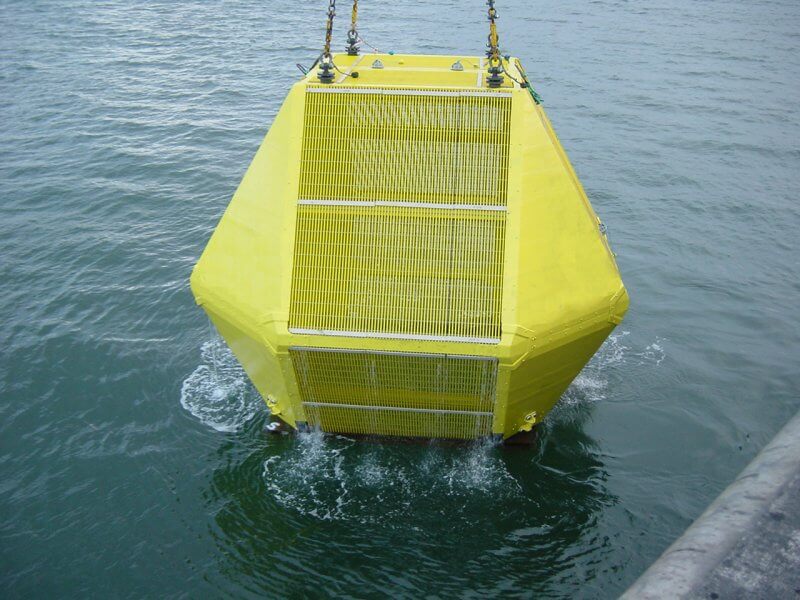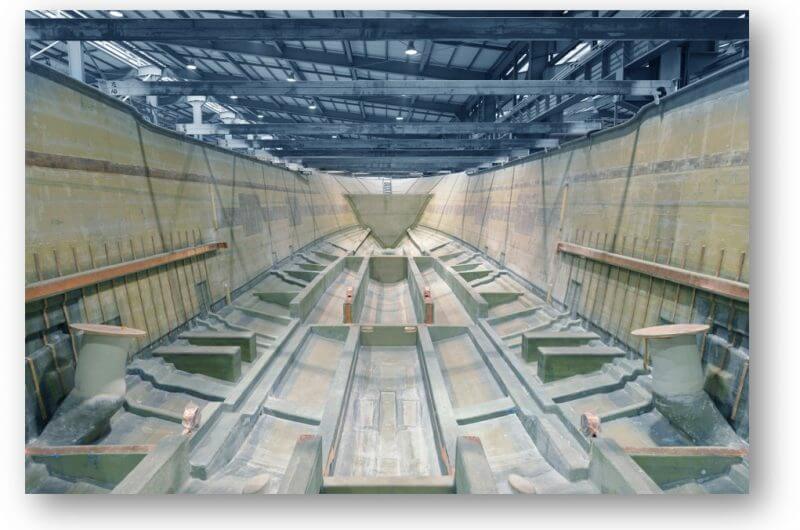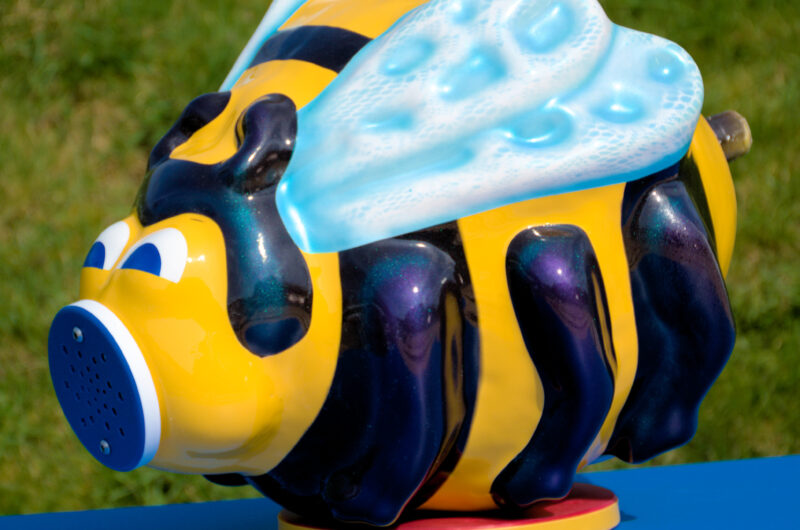NOV Fiber Glass Systems
NOV Fiber Glass Systems (formerly Pipex px) designs and makes products made from thermoplastics (High Density Polyethylene, HDPE and Polypropylene Homopolymer, PP-H) and also fibre reinforced polymer composites, (FRP composites). These FRP composites are a glass based, non-metal alternative material used in multiple industries due to its corrosion resistance and lightweight properties.
Their products include:
- Pipex™ Thermoplastics – chemical resistant manholes, chambers, tanks, piping systems and custom systems used for drainage and civils, and transportation – commonly used in major London redevelopments
- Piping systems and components – used for balance and in engine rooms on ships, vessels, submarines, yachts and more – also used by the Royal Navy
- Pressure vessels – made from the same pipe, but engineered and fabricated to withstand pressure in marine & offshore applications
- Structures, including handrails, ladders, gates, walkways etc – used as non-slip walkways and for safety structures in harsh environments (marine, offshore, chemical & industrial markets
STEM Related roles are required throughout the organization from Engineering/Design roles through to the Research & Development Department and Fabrication Teams.
- Apprenticeships: Historically the company has an annual intake of 4 x Advanced Engineering apprentices. Qualification level required is GCSE grade 4 and above. To date the Plymouth site has a 100% record of employment for all apprentices that complete the programme.
- Undergraduate placements for engineering students are up to a 12-month duration.
- For undergraduate roles, the minimum intake requirements are a 2:2 Bachelor’s degree in Mechanical or Civil/Structural engineering, after which the company aims to support their candidates towards chartership, if required by business needs.
- Work Experience and curriculum led requests are also possible for secondary school-aged students.
Fiber Glass Systems Plymouth website – pipexltd.com
NOV FGS website – www.nov.com/misc/bondstrand-composite-solutions
Did you know?
NOV Fiber Glass Systems' FRP composite materials were used for a leading UK artist's sculpture in North Devon – Check out "Verity" on Google!
The business has one of the largest CNC machines in the UK.
The company's composite piping systems and walkways were used on the UK’s largest warships ever built – The Queen Elizabeth Class Aircraft carriers. See the video below.
The reason for using this composite material is that it’s very light and resistant to corrosion which is very important for any structures at sea. You can’t carry unnecessary weight at sea as it will slow a vessel down and need more energy to move. Needing less energy means it's more environmentally friendly too.
Saving unnecessary weight also applies to offshore structures like oil rigs. Handrail joints made from composite material around the walkways can save 700 tonnes of weight, which is equal to 128 elephants!
NOV Fiber Glass Systems manufactured the Treatment unit which is part of the Seabox™ technology – which is a world first in subsea water treatment – find the link to the video below.
Top Facts
112 Employees in Robrough, Plymouth UK.
30,000 Employees Globally
Global Locations: US, Europe, Scandinavia, Africa, Middle East, Asia


















